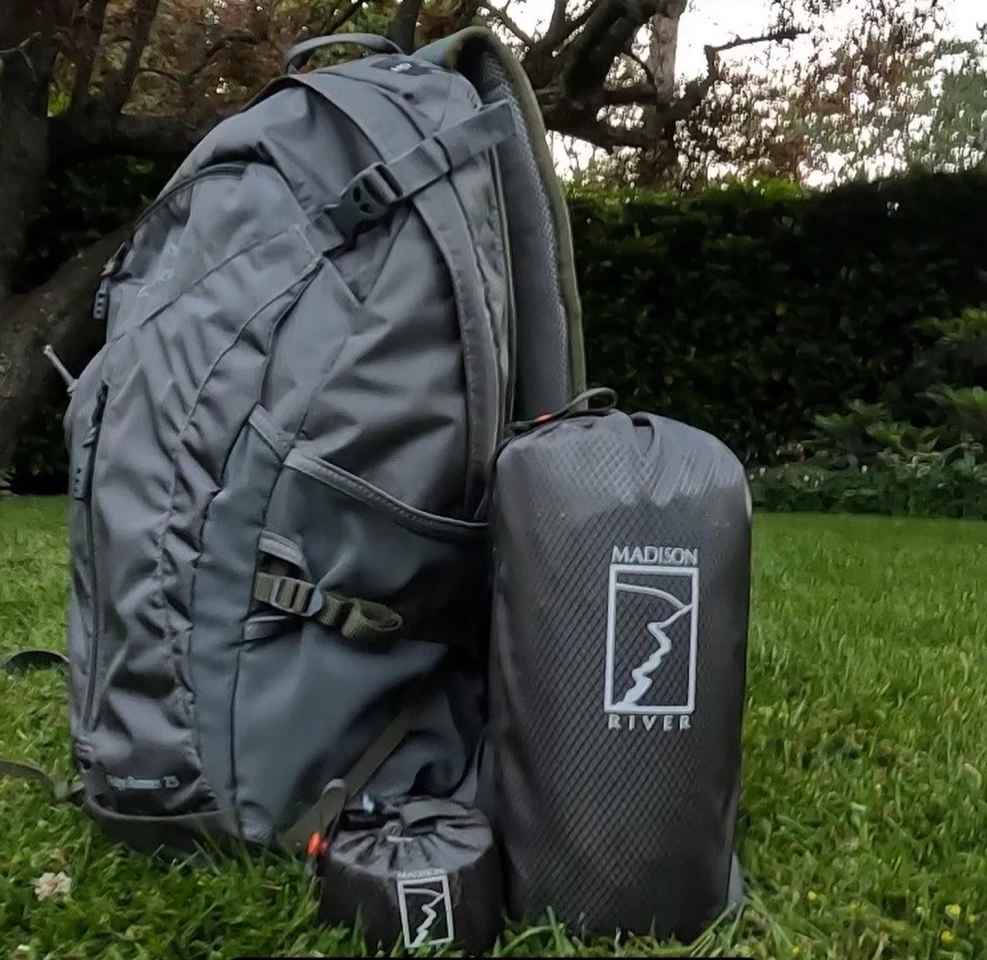There are already inflatable-frame tents, so why not inflatable hammocks? That's exactly what the Atmos is, and it's claimed to keep users warm at night without adding to the bulk and weight they have to carry.
When someone is sleeping in an unadorned conventional hammock, a thin layer of fabric is all that separates the underside of their sleeping bag from the chilly night air.
This problem can be addressed by placing an insulated sleeping pad beneath the sleeping bag, or by attaching an insulated "underquilt" to the underside of the hammock. Both the pad and the quilt, however, are extra items that the user has to carry in what is likely already a cramped backpack.
That's where the Atmos comes in.

Soon to be the subject of a Kickstarter campaign, the device was invented by Canadian entrepreneur Jackson Busch after he spent a chilly night hammock-camping on the French island of Corsica. It is now being commercialized via his British Columbia-based startup, Madison River.
When deflated and rolled up, the Atmos forms a cylinder measuring 7.75 inches long by 4.5 inches wide (197 by 114 mm). The whole package is claimed to tip the scales at 3.2 lb (1.5 kg).

Setting it up is a matter of looping its two included webbing straps around two trees, attaching those straps to either end of the hammock via two included carabiners, cinching everything tight, then inflating the hammock via an included pump sack. It measures 11 ft long by 5 ft wide by 2.75 inches thick (3,353 by 1,524 by 70 mm) once deployed.
Described as being similar to a sleeping pad in construction, the Atmos is made of aluminized PET (polyethylene terephthalate) film covered in a protective layer of 20-denier ripstop nylon. It can support a maximum user weight of 300 lb (136 kg), even if it springs a leak and has to be used in its deflated state. That said, a puncture repair kit is included.
Once the Kickstarter launches, a pledge of US$149 will get you a complete setup of your own ... assuming it reaches production, that is. You can check the company website for updates on when the campaign will begin.
Source: Madison River





